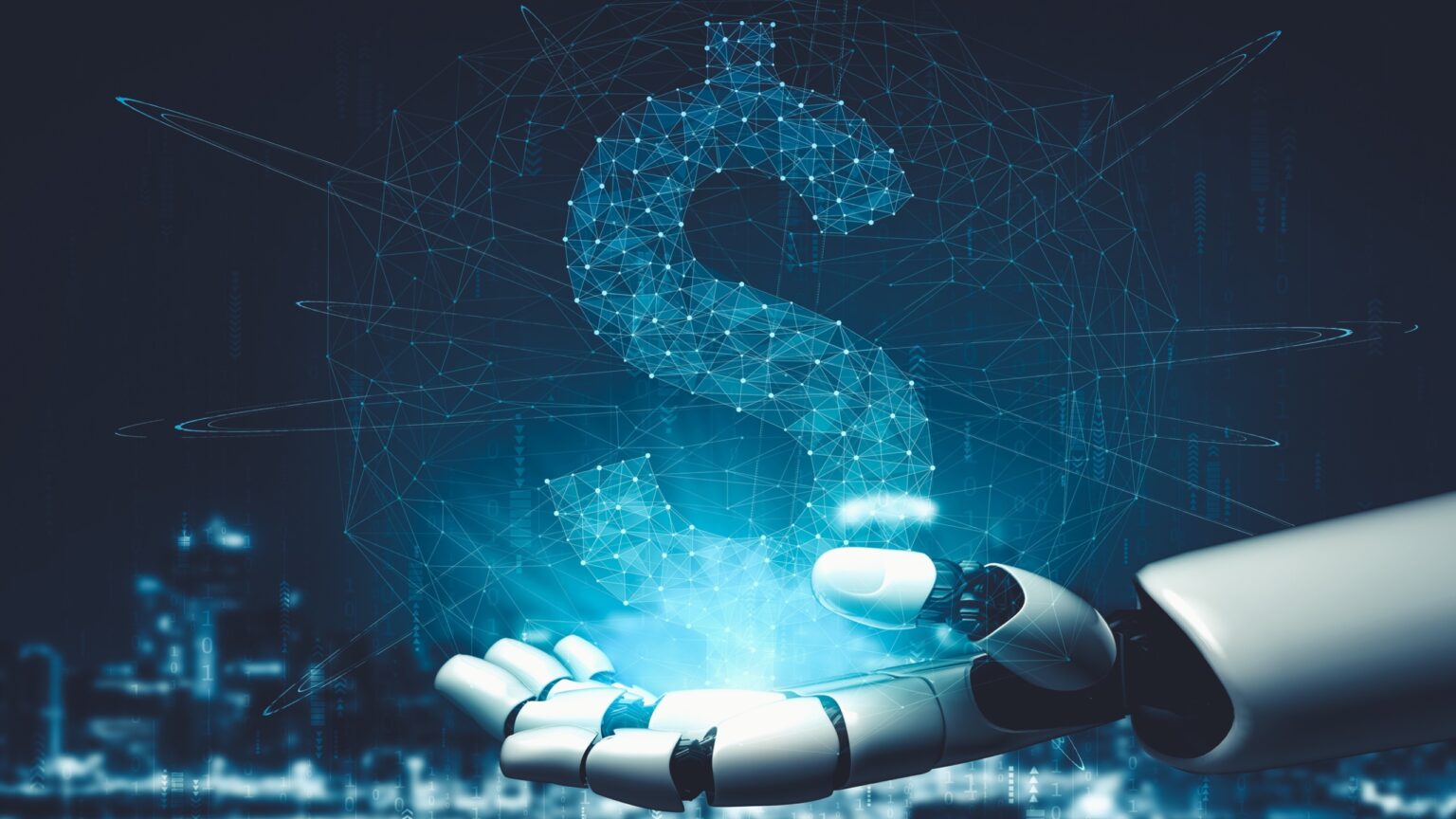A recent study has revealed an innovative Bitcoin option pricing model powered by artificial intelligence (AI).
This state-of-the-art model seamlessly combines Bitcoin price dynamics and sentiment data, leveraging the capabilities of neural networks. According to people familiar with the matter, the outcome is dramatically reducing pricing errors, bringing them down to 3%. This innovation’s core, according to an extract from the study, is the belief that,
“Neural networks offer a flexible parametric method grounded in their universal approximation of theoretical results.”
The AI-enhanced pricing model
Per another study, the renowned Black-Scholes model introduced in 1973 has traditionally dominated the option pricing methodology. However, the stringent assumptions and inherent subjectivity tied to its parameters often resulted in inconsistent results. Specifically, this model struggled to address the leptokurtic behavior of return distributions and the unique challenges of volatility smiles and skews.
In the search for an alternative, researchers have tested various models, such as tree models, the Monte Carlo simulation, and the finite difference method. Each of these has its strengths. For example, while tree models bear similarities to the Black-Scholes model in certain conditions, the Monte Carlo simulation accommodates random shocks beyond the capabilities of tree models. Meanwhile, the finite difference method utilizes an entirely different simulation scheme.
This study’s game-changer, however, is the integration of neural networks.
Deep learning-based Bitcoin price prediction models using Bitcoin blockchain information. #ml paper
– deep neural networks (DNN),
– long short-term memory (LSTM) models,
– convolutional neural networks (CNN)https://t.co/Sxy13zbvwc pic.twitter.com/vieLhqCyDC— Carl Carrie (@🏠) (@carlcarrie) September 27, 2019
These non-parametric models, bolstered by their advanced predictive performance, have shown promise in outshining classical models. Such neural network models have a track record of exceptional performance in predicting prices for derivative securities.
Why neural networks?
Neural networks’ strength lies in their adaptability and learning capabilities, especially when markets are volatile. For instance, Yao et al. (2000) discovered that neural networks outperformed the Black-Scholes model in predicting prices related to the Nikkei 225 index futures, particularly in turbulent markets. This finding paved the way for researchers to explore the potential of neural networks in cryptocurrency.
Integrating AI and neural networks into pricing models isn’t just about increased accuracy. It’s about adapting to markets’ dynamic and volatile nature, especially emerging ones like cryptocurrencies. The cryptocurrency market, led by Bitcoin, presents unique challenges and opportunities for traders and researchers. This study’s proposed two-stage approach—first, using parametric techniques like tree models and the Monte Carlo simulation and then refining those predictions using neural networks—represents a promising step forward in understanding and leveraging Bitcoin’s complex price dynamics.

Looking to the future of Bitcoin trading
The crypto market is continuously evolving, presenting both new challenges and opportunities. Traditional models, which assume market efficiency and the absence of arbitrage, may not suffice. However, the jump-diffusion model presented in the study offers a robust starting point for financial engineering tailored for cryptocurrencies.
This approach isn’t merely academic; it has practical implications. According to experts, understanding Bitcoin’s price action, including support and resistance levels, trendlines, and market indicators, is crucial for investors and traders. Advanced AI tools like Avorak AI are already paving the way by discerning patterns, forecasting trends, and recommending optimal trading strategies. For those daunted by the intricacies of Bitcoin trading, AI tools simplify the process, providing invaluable insights and real-time market analysis.
According to experts, while Bitcoin and cryptocurrencies remain largely uncharted territory, integrating AI and neural networks into pricing models signals a promising future. Reducing pricing errors to a mere 3% indicates the untapped potential of AI in financial engineering. As the crypto space matures and more research unfolds, there’s every reason to believe that AI will play an increasingly significant role in shaping its future.









 and then
and then